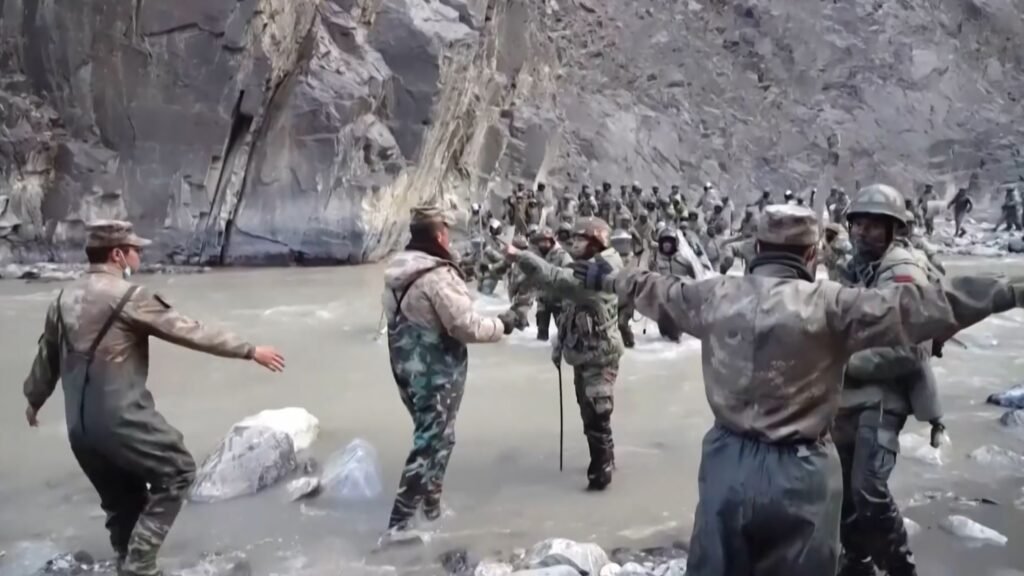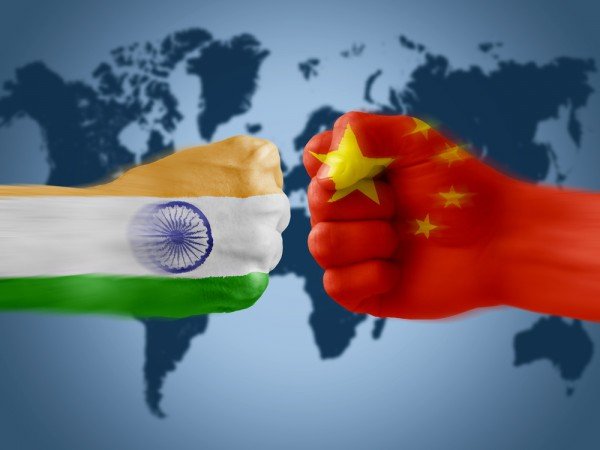Growing concerns are emerging over reports that China is engaging in an unconventional war against India by exploiting insurgency networks, smuggling routes, and extortion rackets in the northeastern states. Using Myanmar as a key corridor, Beijing is believed to be extending proxy support to militant outfits while employing hybrid strategies to weaken India’s internal stability.
Proxy Warfare Beyond Borders
The northeastern frontier, particularly Nagaland and Manipur, has become a hotspot of cross-border smuggling of drugs, arms, and wildlife, allegedly facilitated through Chinese networks. This covert support structure aligns with Beijing’s “Three Warfares” strategy—psychological, media, and legal warfare—allowing China to expand its influence without direct military confrontation.
By backing proxies and leveraging illicit trade, China ensures deniability while steadily eroding India’s control over its border regions.
Insurgent Financing and the ‘Sovereignty Tax’
Reports suggest that insurgent groups such as NSCN-IM, ZRA, and PLA receive both financial and logistical backing through these channels. These outfits sustain themselves through an entrenched extortion system, including the so-called “sovereignty tax”—where government employees, traders, and even civilians are forced to pay levies, sometimes deducted directly from salaries.
This parallel taxation system creates an underground economy, undermining state authority and draining legitimate resources meant for development.
Myanmar Corridor: The Critical Link
Myanmar’s porous borders play a pivotal role in this unconventional warfare. Arms and narcotics flow into India while illegal trade fuels insurgent coffers. Intelligence assessments indicate that these routes not only supply militants but also destabilize border communities, fostering resentment and insecurity.

The corridor also provides safe havens for insurgent leaders, making it difficult for Indian forces to neutralize threats within sovereign boundaries.
Wider Objectives Behind China’s Tactics
Analysts believe Beijing’s aim is not merely to disrupt but to create long-term instability. By fueling insurgencies and addiction through drugs, China undermines social cohesion in the Northeast. The strategy ensures that New Delhi diverts significant resources toward internal security rather than broader geopolitical ambitions.
This indirect pressure weakens India’s negotiating hand in regional power struggles, particularly concerning border disputes and influence in the Indo-Pacific.
Impact on Civilians and Governance
The unconventional conflict takes a heavy toll on ordinary citizens. From forced payments to militant groups to the threat of violence, communities live under constant pressure. Development projects often stall due to extortion demands, while local businesses struggle with dual taxation.
Government employees in Nagaland, for instance, reportedly see portions of their salaries siphoned off by insurgent groups, weakening both morale and administrative efficiency.
India’s Security Response
In light of these challenges, security experts emphasize the need for a multi-pronged strategy:
- Strengthening surveillance along the Indo-Myanmar border with modern technology.
- Enhancing cooperation with Myanmar’s government to crack down on insurgent safe havens.
- Reforming salary disbursement and financial systems to block extortion channels.
- Expanding community awareness and resilience programs in vulnerable districts.
Military measures alone cannot counter such hybrid threats; a combination of intelligence, diplomacy, and grassroots empowerment is required.
As China continues to adapt its playbook of unconventional tactics, India must bolster its defenses against this form of hybrid warfare. Beyond securing borders, the priority lies in safeguarding communities, strengthening local governance, and preventing insurgent groups from thriving on fear and illicit funds.
This evolving conflict underscores that the battles of the future may not always be fought with armies at the frontline, but with covert networks, economic manipulation, and proxy warfare. India’s Northeast, therefore, stands not just as a geographical frontier but as the frontline in a new era of security challenges.
ALSO READ: Holi 2025: Auspicious Date, Muhurat, Rituals & Significance of the Festival












